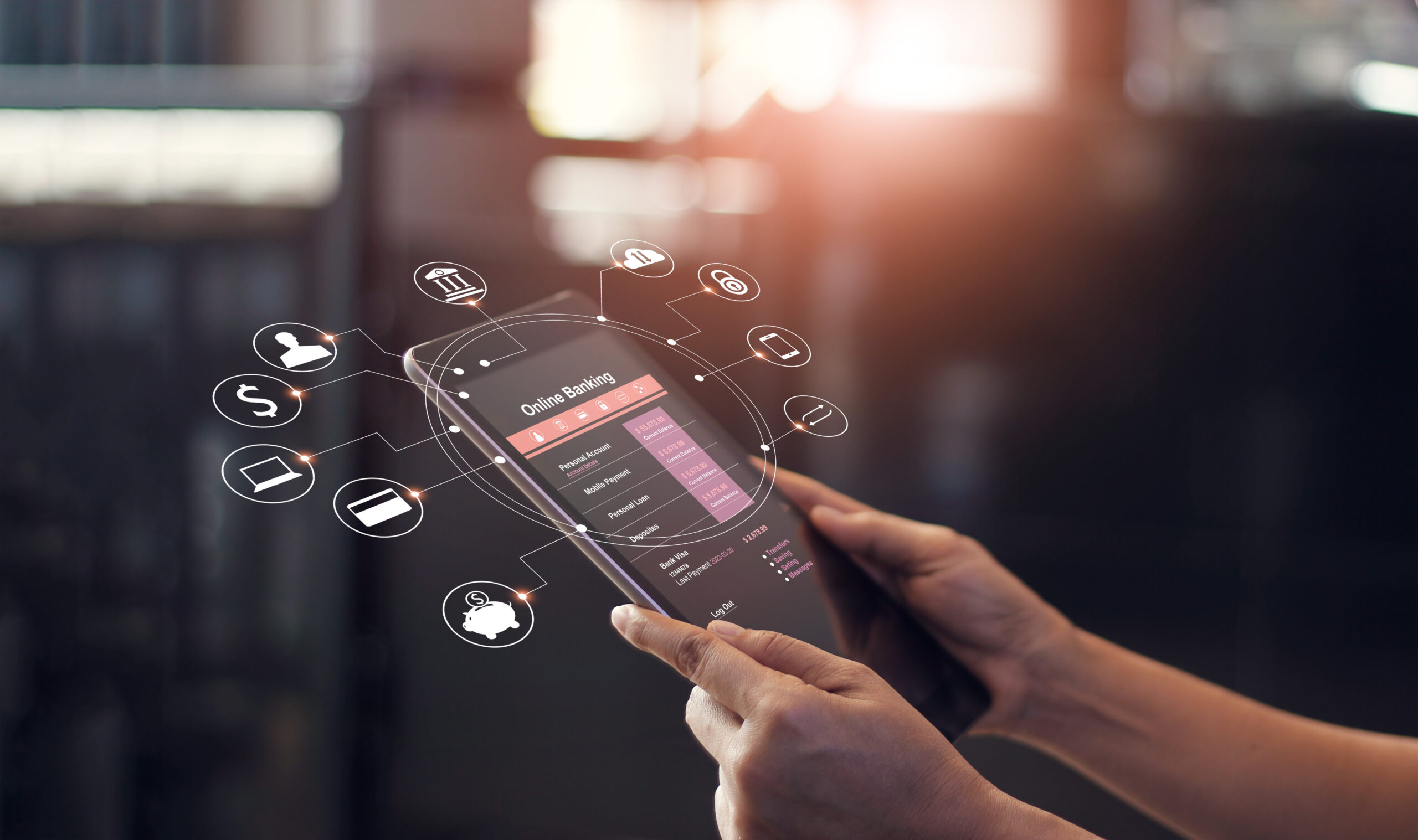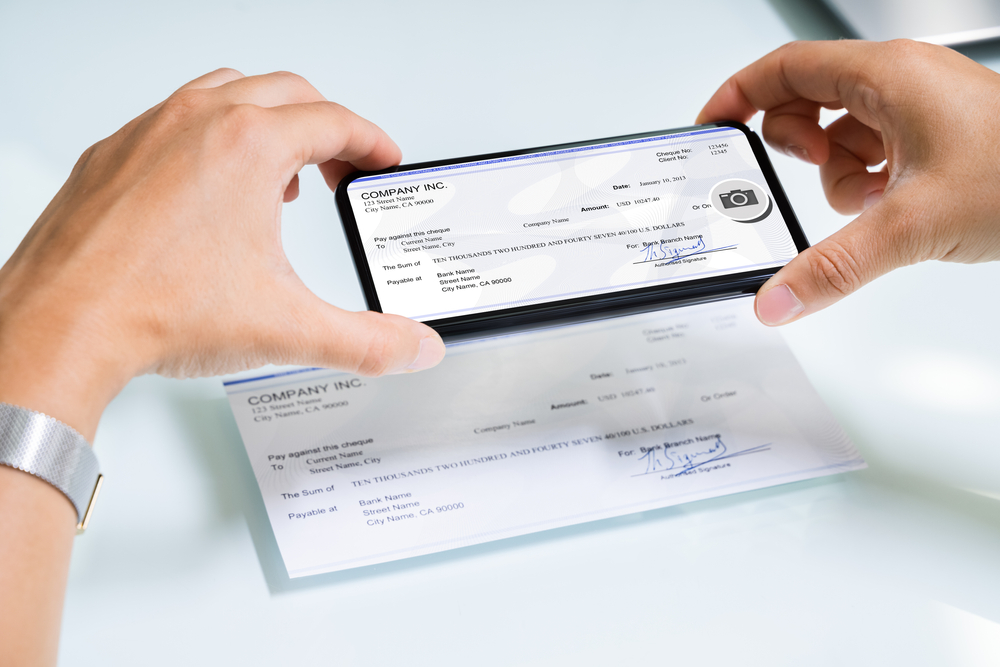Is Instant Disbursement the Answer to Fraud?
- Check fraud continues to grow at an alarming rate
- PYMNTS reports Fed recommendation of electronic payment methods, or "instant disbursement"
- The data show less than 50% adoption of instant disbursement
As we all know, check fraud continued to surge in 2023, and is likely to surge in 2024. A post at PYMTS.com reported estimates by the Financial Crimes Enforcement Network that check fraud has increased by double-digit percentage points, with stolen mail and alteration of checks being a major factor.
“The criminals also take advantage of ‘float,’ the days between when a check is accepted at a bank or business and when funds are withdrawn from the checking account. By the time the fraudulent check is detected by the account holder, the thieves are often long gone,” the Fed said in a blog post.

Argument for Digital Disbursements
PYMNTS.com argues that digital disbursements can be the remedy for check fraud, and goes on to say that the following is among the remedies recommended by the Fed:
Disbursements offer an avenue by which digital payments can continue to grow — and corporates and government agencies can cut down on paper check issuance, and by extension, hobble at least some check fraud.
While this advice may seem fine on its face, it should be noted that data from the PYMNTS survey covers only the consumer side -- there is no B2B information weighed in. Also, their stats remain in the "less than half" zone, which means a majority isn't behind the idea of paying fees.
For example:
Drilling down into the instant disbursements themselves, the data showed that a third of consumers chose that method for insurance payments. A similar percentage did so for income and earnings, while 43% had done so in order to receive funds from loans. All of these are key interactions where the paper check can, conceivably, be replaced by faster, safer payments.
In addition, the article provides data showing consumer sentiment for digital disbursements is very low, particularly when fees are assessed onto them. The article notes that "about 29% of individuals would be willing to pay a fee for the instant, digital option — up from 26% from last year." That is less than 1 out of 3 consumers willing to pay -- the argument falls apart quickly when taking this into account.

This leaves businesses to decide whether the decision to push consumers to digital disbursements is worth the consumer dissatisfaction -- not to mention consideration of the amount of fraud that will occur because of instant payments. Quick cash will inevitably lead into fraudulent claims that can be realized in an instant.
How Digital Disbursements Affect Check Fraud
Digital disbursements affect check fraud in only one way -- less opportunities to intercept a check. However, unless a large majority (in this case, we would estimate over 60-70%) adopt and remove the amount of check disbursements, fraudsters will still continue to exploit checks.
For example, if a criminal utilizes an arrow key to open a mailbox and typically steals 100 checks, would it deter them now that there are only 70 checks available? We would argue that the fraudster still has plenty of opportunity to commit check fraud and will continue to do so. However, dropping down to 30-40 checks may be less appealing -- AKA not worth the risk. We cannot help but recall a relevant quote: "Is the juice worth the squeeze?"
In theory, digital disbursements can be a method for curbing check fraud. However, this argument in the industry is similar to "checks are going away." Simply put, there is very little chance that this will occur.
So, unless banks want to take the risk and put their eggs in the "massive shift to digital" basket, they will need to invest in technologies like image forensic AI to detect counterfeit, altered, and forged checks in order to protect themselves and their customers.